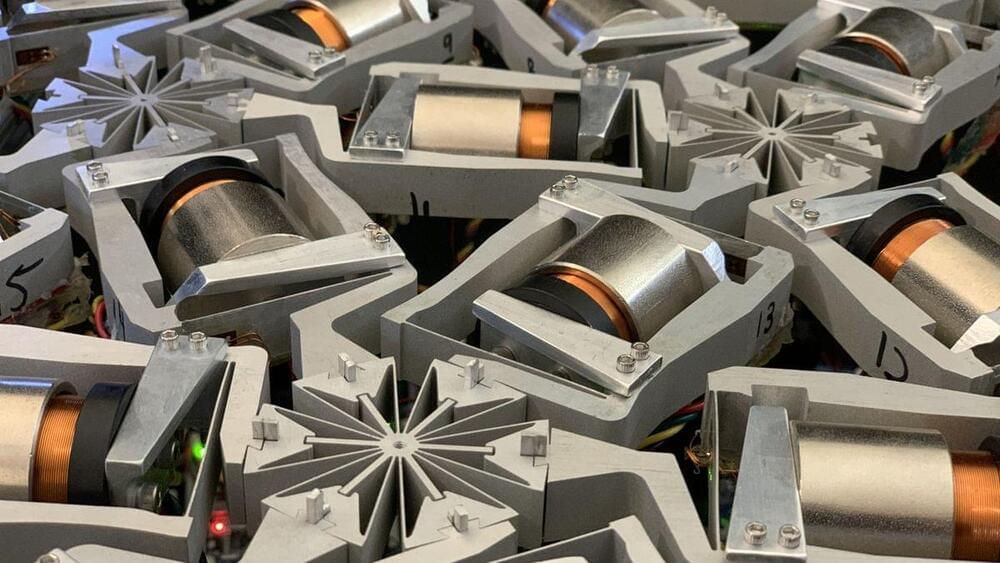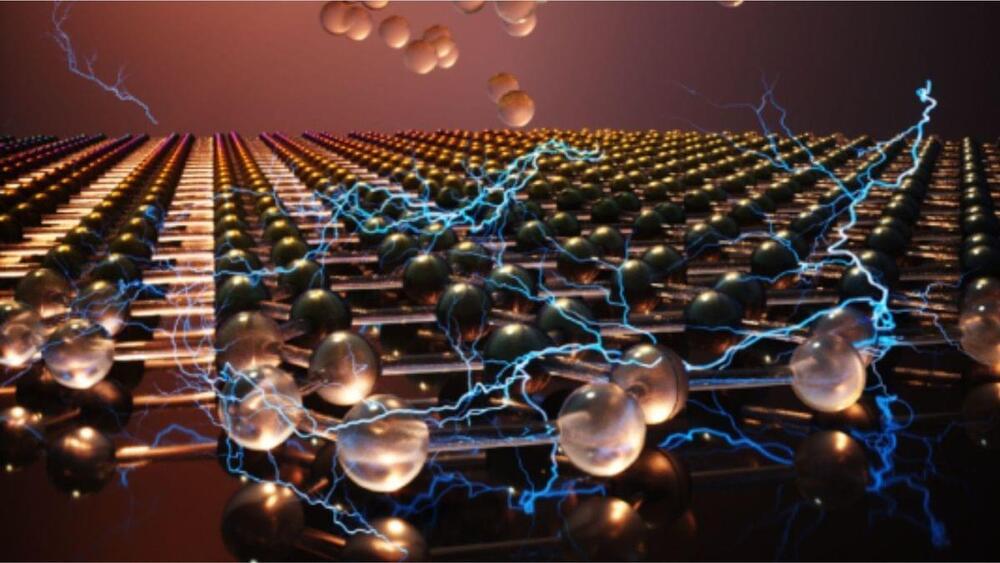Engineers at Duke University have developed a novel delivery system for cancer treatment and demonstrated its potential against one of the disease’s most troublesome forms. In newly published research in mice with pancreatic cancer, the scientists showed how a radioactive implant could completely eliminate tumors in the majority of the rodents, demonstrating what they say is the most effective treatment ever studied in these pre-clinical models.
Pancreatic cancer is notoriously difficult to diagnose and treat, with tumor cells of this type highly evasive and loaded with mutations that make them resistant to many drugs. It accounts for just 3.2 percent of all cancers, yet is the third leading cause of cancer-related death. One way of tackling it is by deploying chemotherapy to hold the tumor cells in a state that makes them vulnerable to radiation, and then hitting the tumor with a targeted radiation beam.
But doing so in a way that attacks the tumor but doesn’t expose the patient to heavy doses of radiation is a fine line to tread, and raises the risk of severe side effects. Another method scientists are exploring is the use of implants that can be placed directly inside the tumor to attack it with radioactive materials from within. They have made some inroads using titanium shells to encase the radioactive samples, but these can cause damage to the surrounding tissue.








